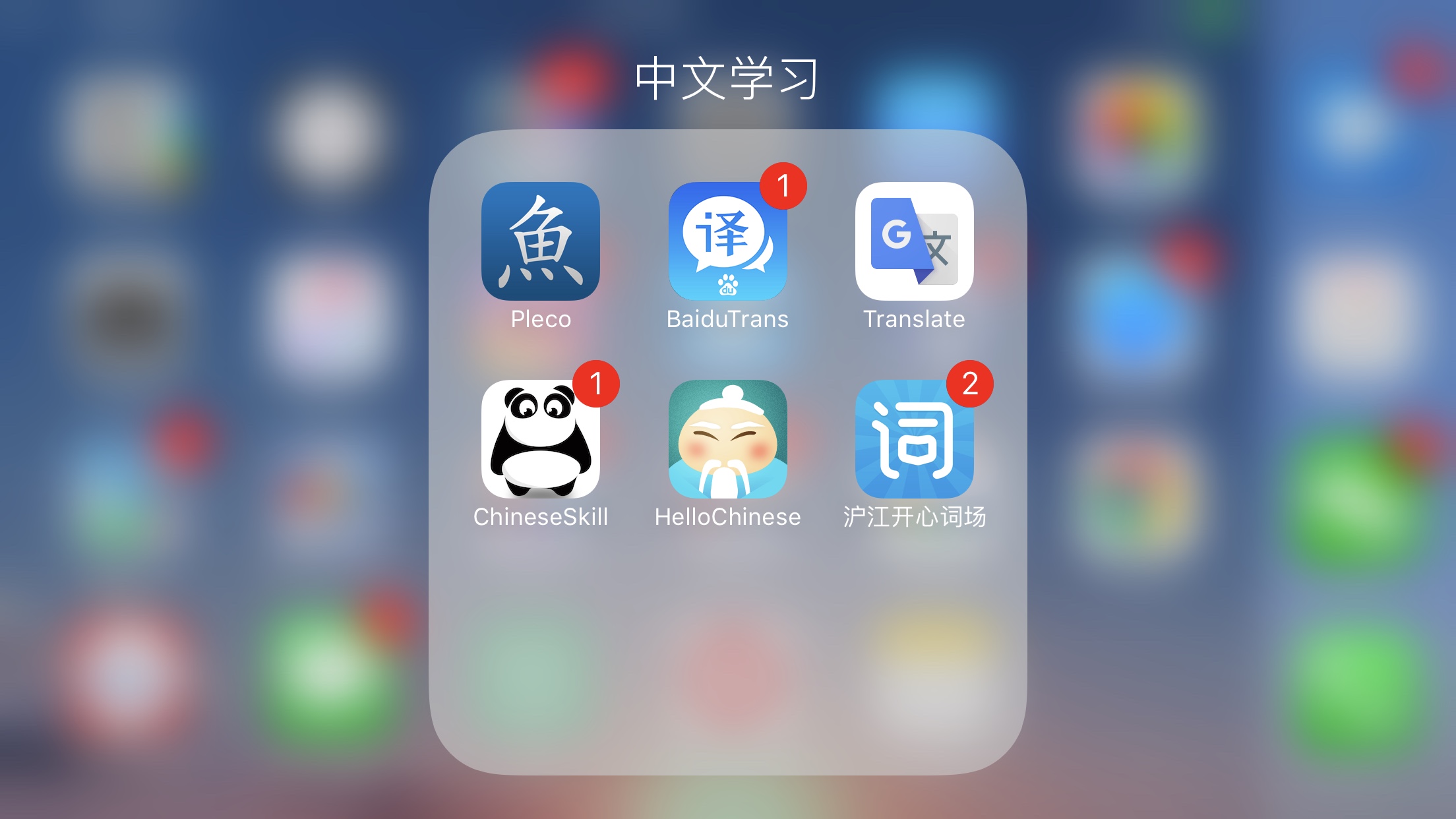I have a good pictographic memory, and that makes it easier for me to remember Chinese characters. Recognizing them is just one thing; remembering their pinyin equivalents is another. And speaking them is a whole different level. These components of learning Chinese might be the ones that frighten off new learners, but of course there’s a way to alleviate that scary feeling.
My quest to improve my Chinese language (self-)study has brought me to new and interesting finds, like the first few characters to be memorized, podcasts and other WeChat resources to use, and digital proficiency tests. Then several months ago, I scoured my app store for other learning materials and I found that there are cool English and Mandarin game apps! So the focus of our today’s Mandarin Monday is on interactive materials aka game apps that are fun to play and… addicting! So if you or your child are very serious about learning Chinese, then download any or all of these apps.
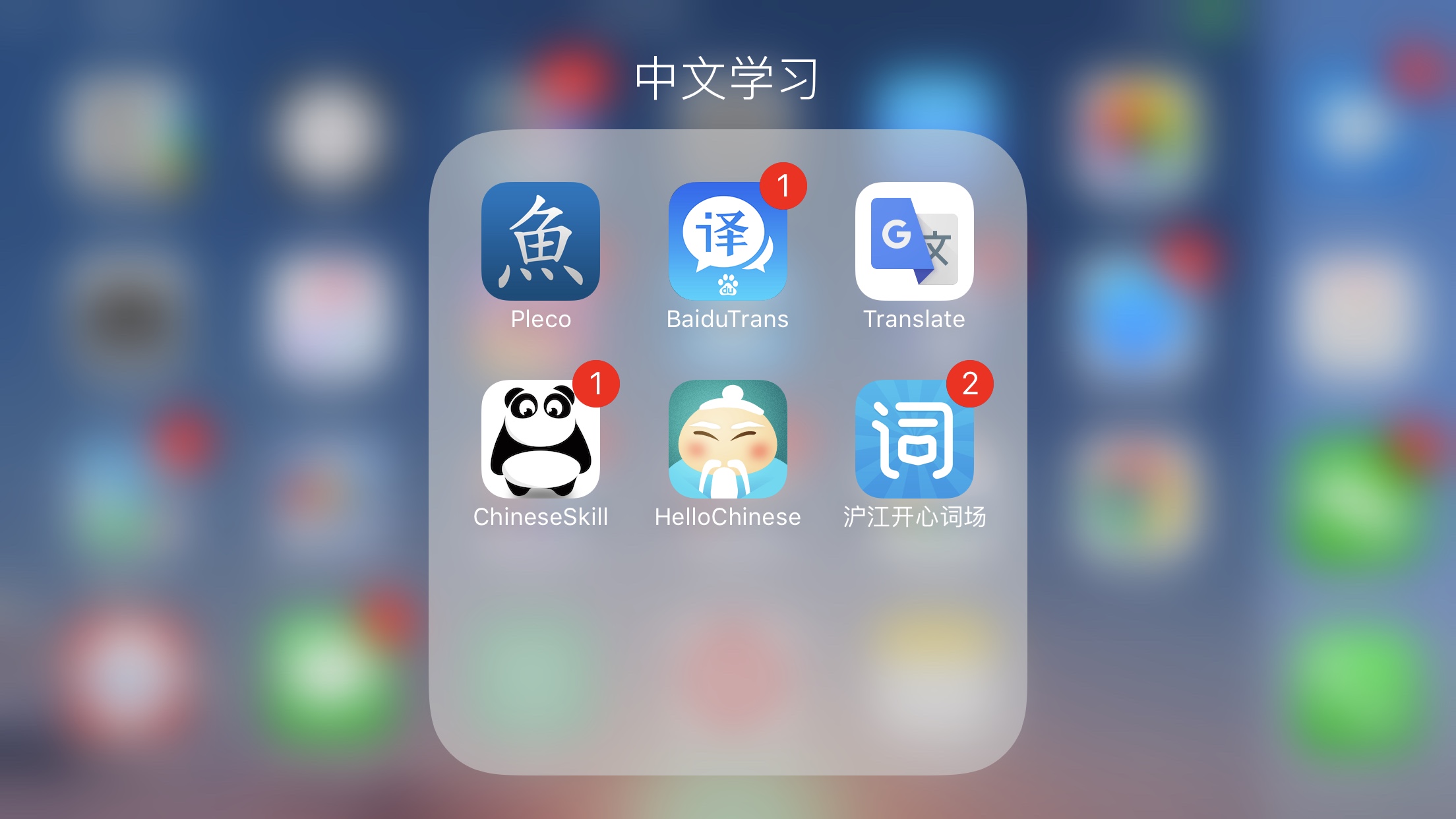
 Hùjiāng kāixīn cí chǎng 沪江开心词场 (Hujiang Happy Word Place)
Hùjiāng kāixīn cí chǎng 沪江开心词场 (Hujiang Happy Word Place)
Level of difficulty: 3/5
Price: Free on iOS app store
I must say that among the three apps that I use, Hùjiāng kāixīn cí chǎng is the hardest one to access. Okay, don’t get me wrong — all of them are fun to play — but the interface of Hù jiāng kāixīn cí chǎng is entirely in Chinese! But that’s the challenge of it, I should say. The game is pretty straightforward and just by tapping icons you’ll get your way to the fun part — a progress map of words and vocabulary.
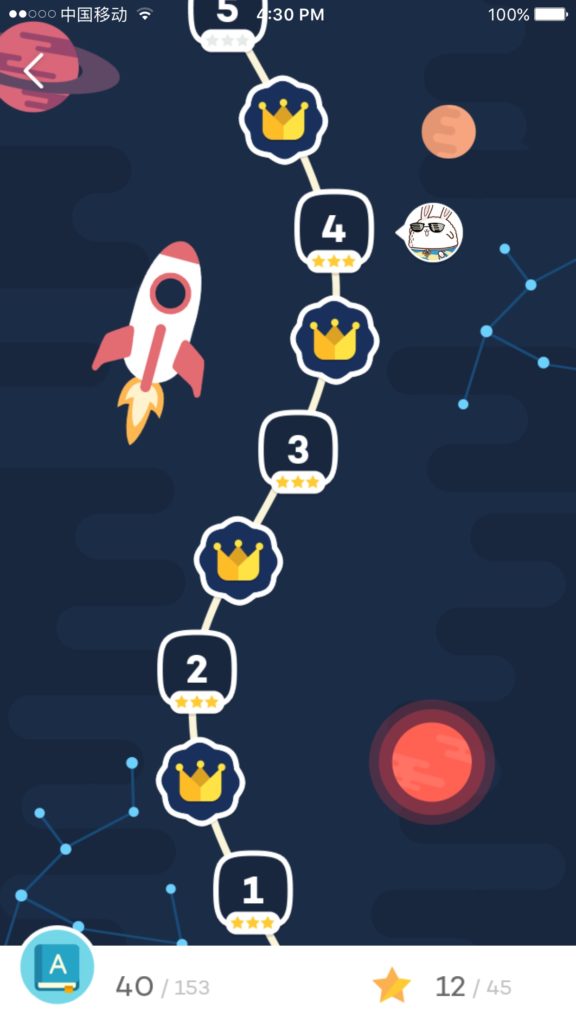
The first level has 15 tiles to unlock, and each tile has 10 HSK level 1 words, complete with their pinyin, characters, English translation, and audio guides. At the end of each tile, there’s a quick quiz. But don’t get fooled by the easiness of the quiz because the important thing here is to remember each word’s component: tone, pinyin, character, meaning. What I do is I regularly visit the tiles and the quizzes to check whether I remember the words.
ChineseSkill
Level of difficulty: 5/5
Price: Free on iOS app store; in-app purchases like lesson packs are available from RMB 12
It’s a monster of a Chinese app! While writing this blog, I discovered that ChineseSkill has more features other than the vocabulary pack. But before those features here’s what I like about this app.
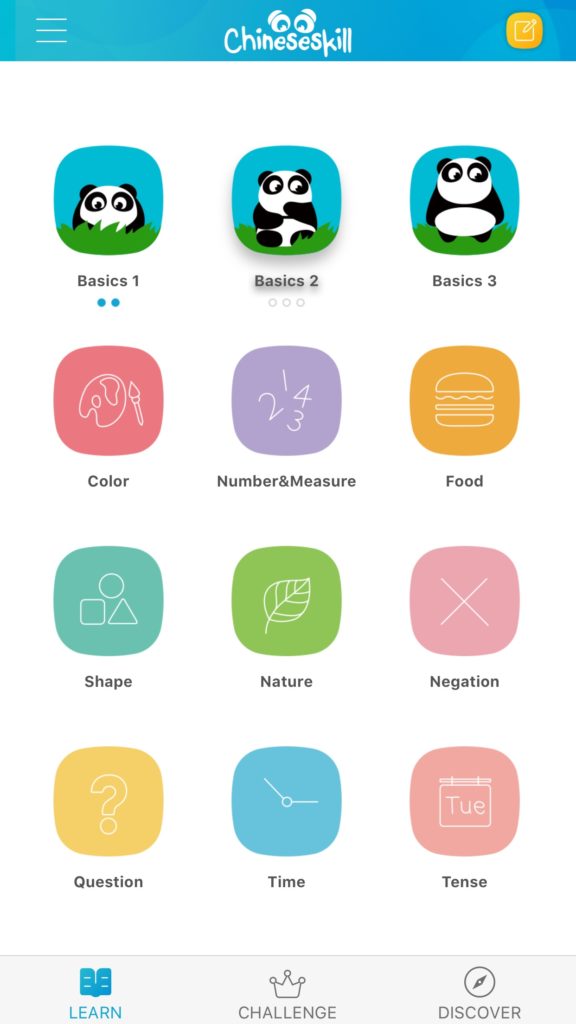
Each of those tiles (see above picture) contains lessons, and before moving forward to the next you need to complete a quiz about all aspects of the vocabulary. Pinyin? Check. Tones? You need to pronounce and record your voice to pass that part. Sentence construction? Rearrange words to make a sentence. It is challenging!
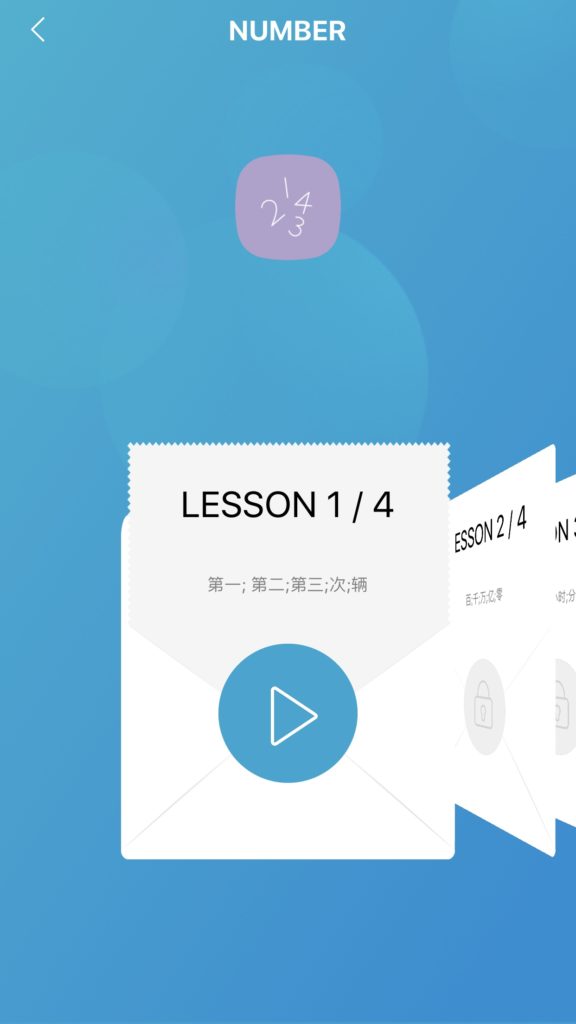
But to spice things up, ChineseSkill has a Challenge feature where – as the name suggests – you’ll get a challenge from other app users from across the globe. This is the feature that I just noticed while writing this article, and it makes me want to stop writing and go play the app! But can someone join me to compete with other teams?
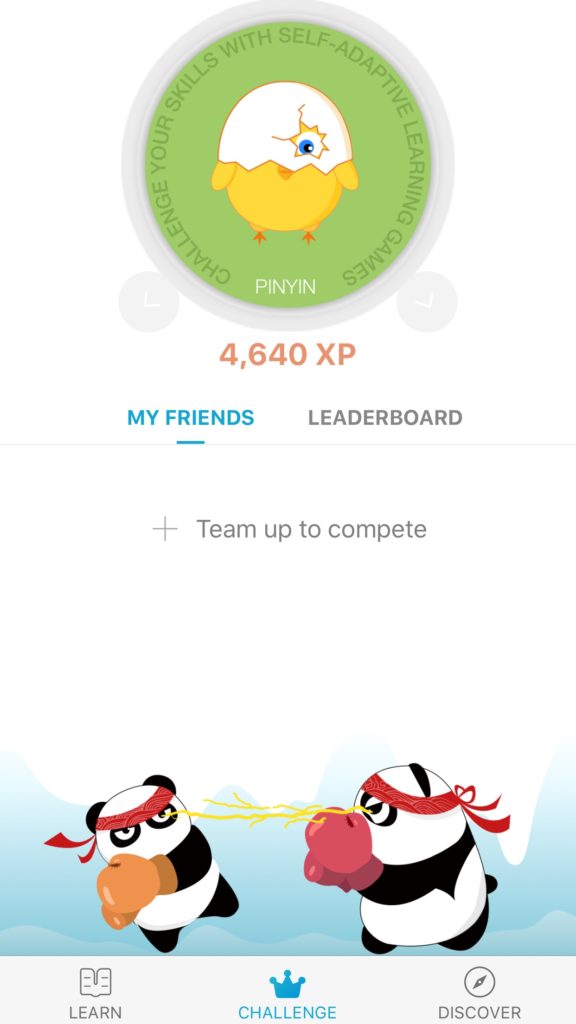
HelloChinese
Level of difficulty: 5/5
Price: Free on iOS app store; in-app mini games can be unlocked when a premium service is bought
This is another fun app with an interface that combines the progress map layout of Hùjiāng kāixīn cí chǎng and lesson-style quiz like ChineseSkill. But what HelloChinese adds is that it begins every lesson with tips and notes aka a cheat sheet. When you successfully finish each quiz, you’ll be rewarded with coins that can be used to unlock other quizzes or mini-games.
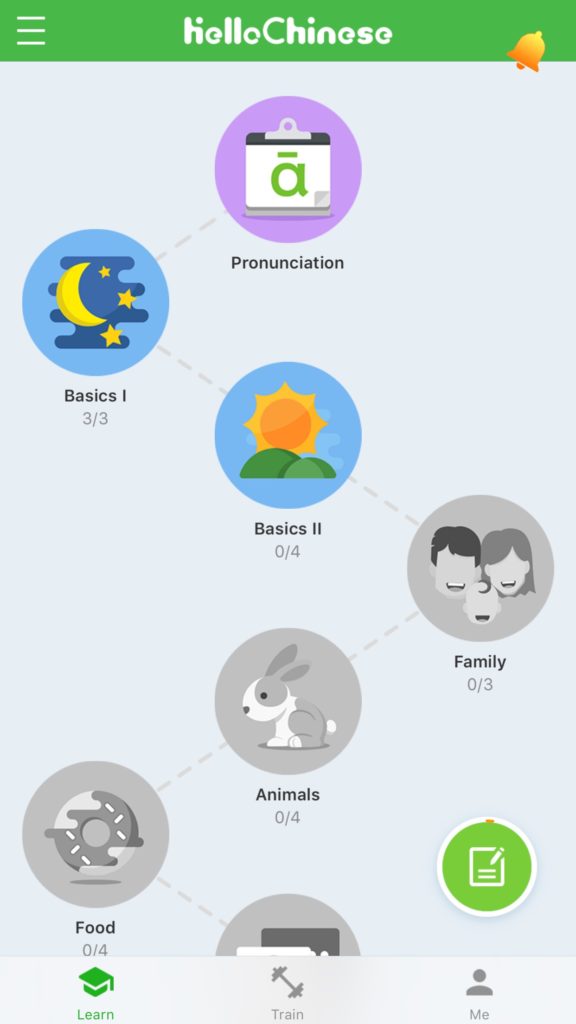
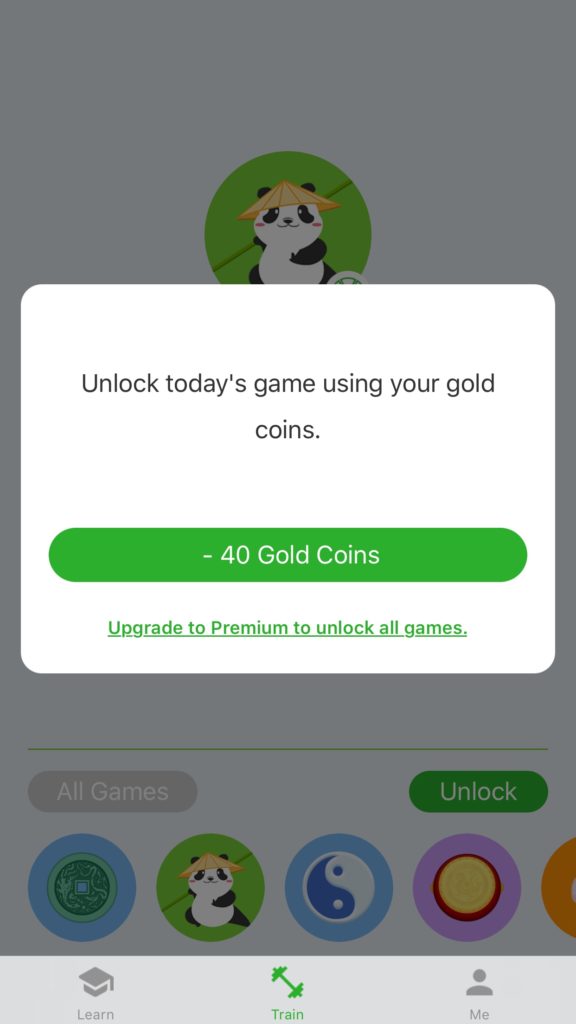
Aside from the main game and other mini-games, HelloChinese also records your daily progress and total in-app speaking time. Moreover, it sends notifications that are linked to its blogs and YouTube channel
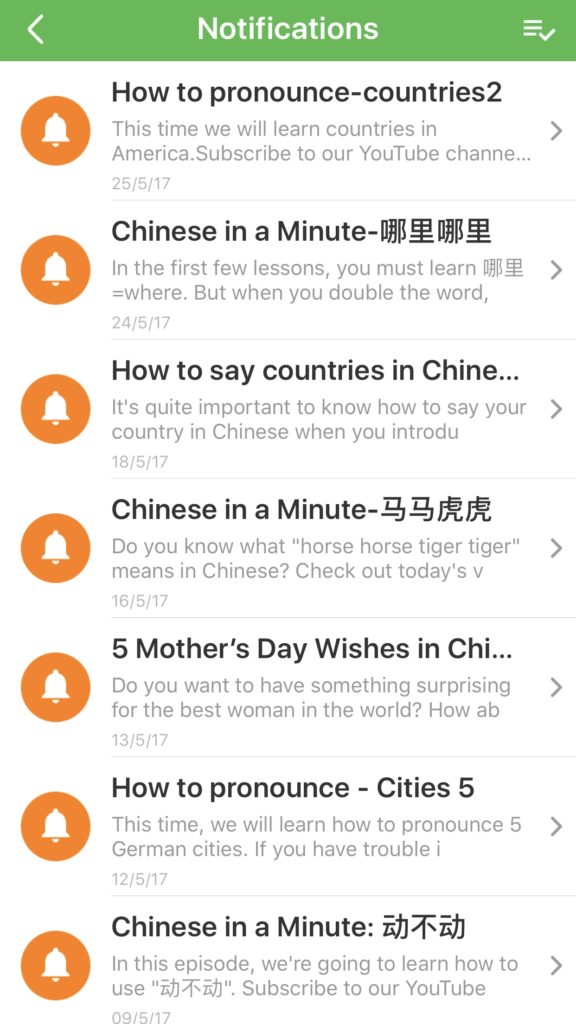
On the downside of game apps, one might take studying for granted because there’s a lot of distraction and others might feel it’s too informal a learning style. But again, these game apps are just some of the many resources every beginner can use to learn Chinese. What do you use to supplement your study? Let us know by leaving your comments below!
Next in Mandarin Monday: Writing Chinese characters is a different league of its own, but there are ways to improve your nonexistent calligraphy skill!
Photos: Andy Penafuerte
More stories by this author here.
Email: andypenafuerte@beijing-kids.com
Instagram: @coolkidandy
